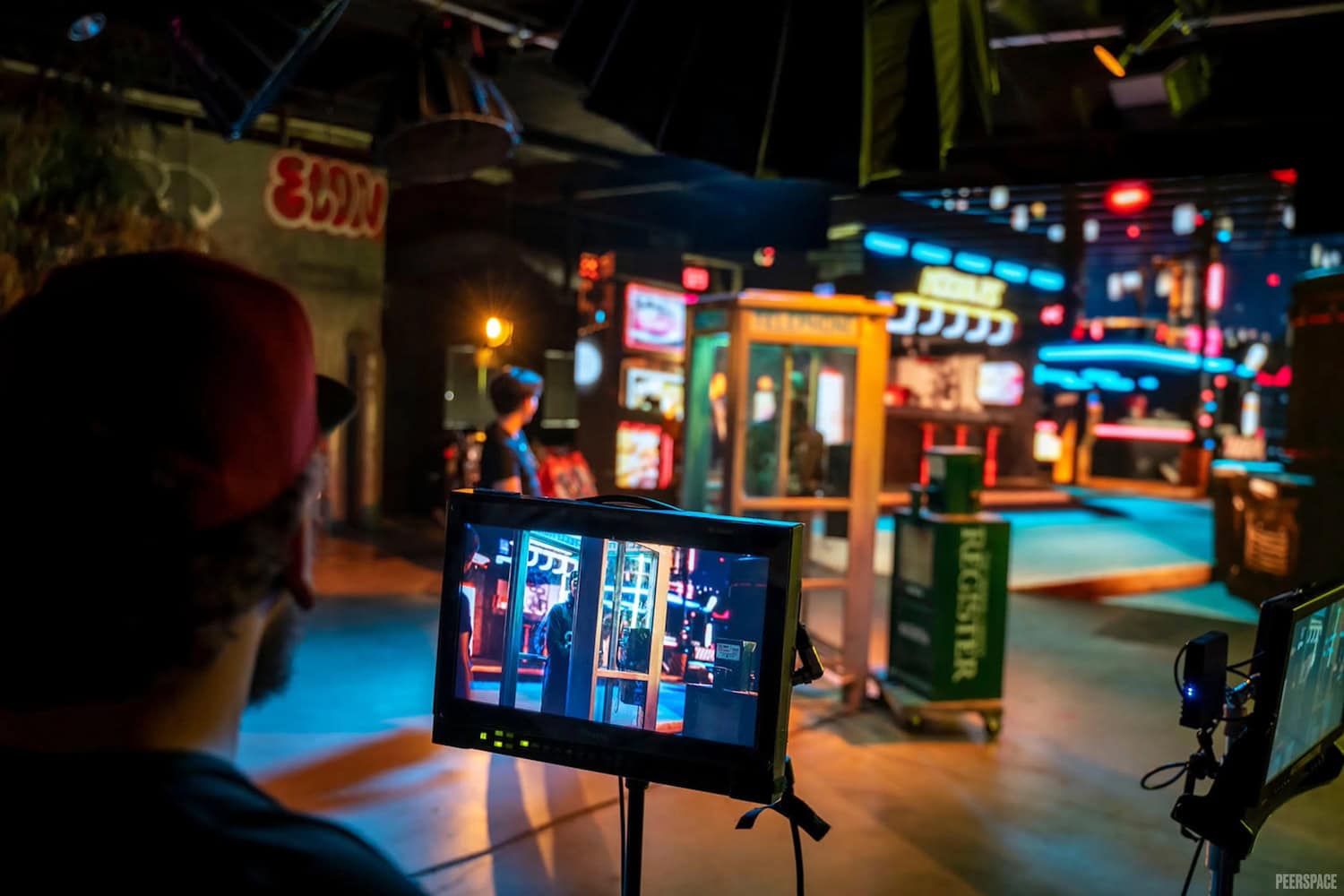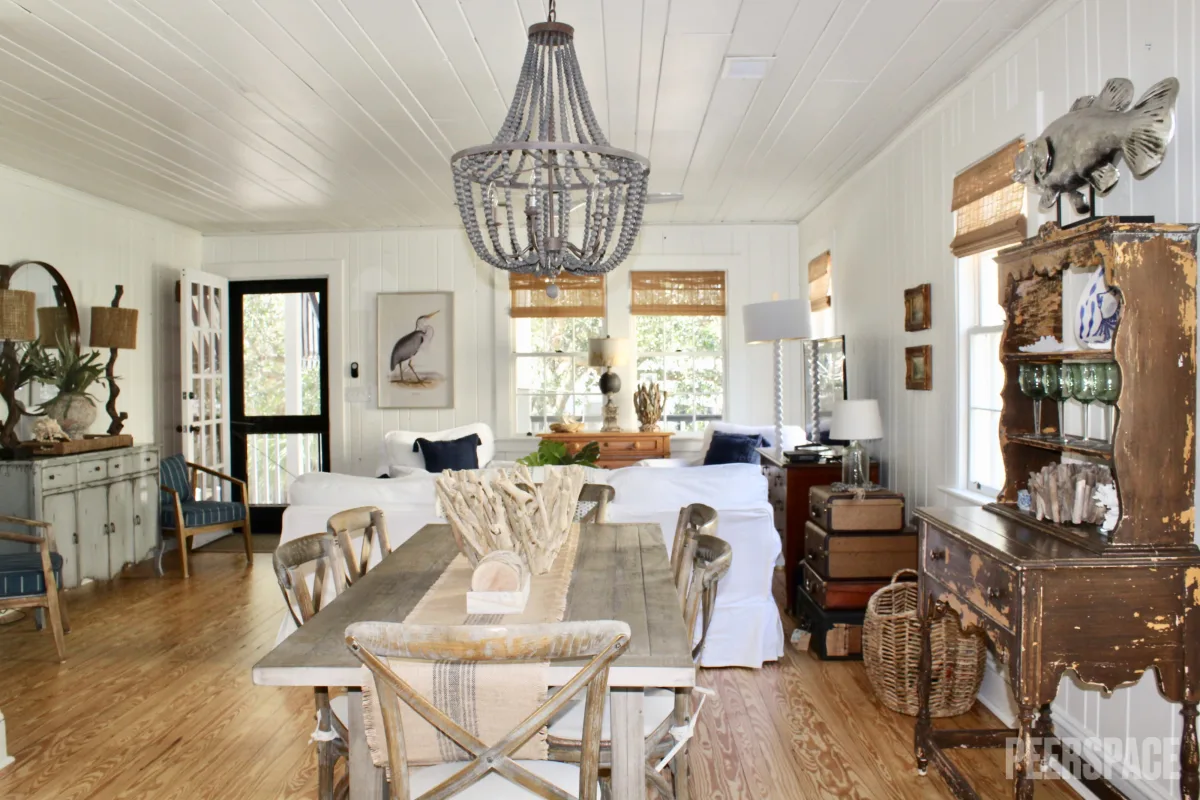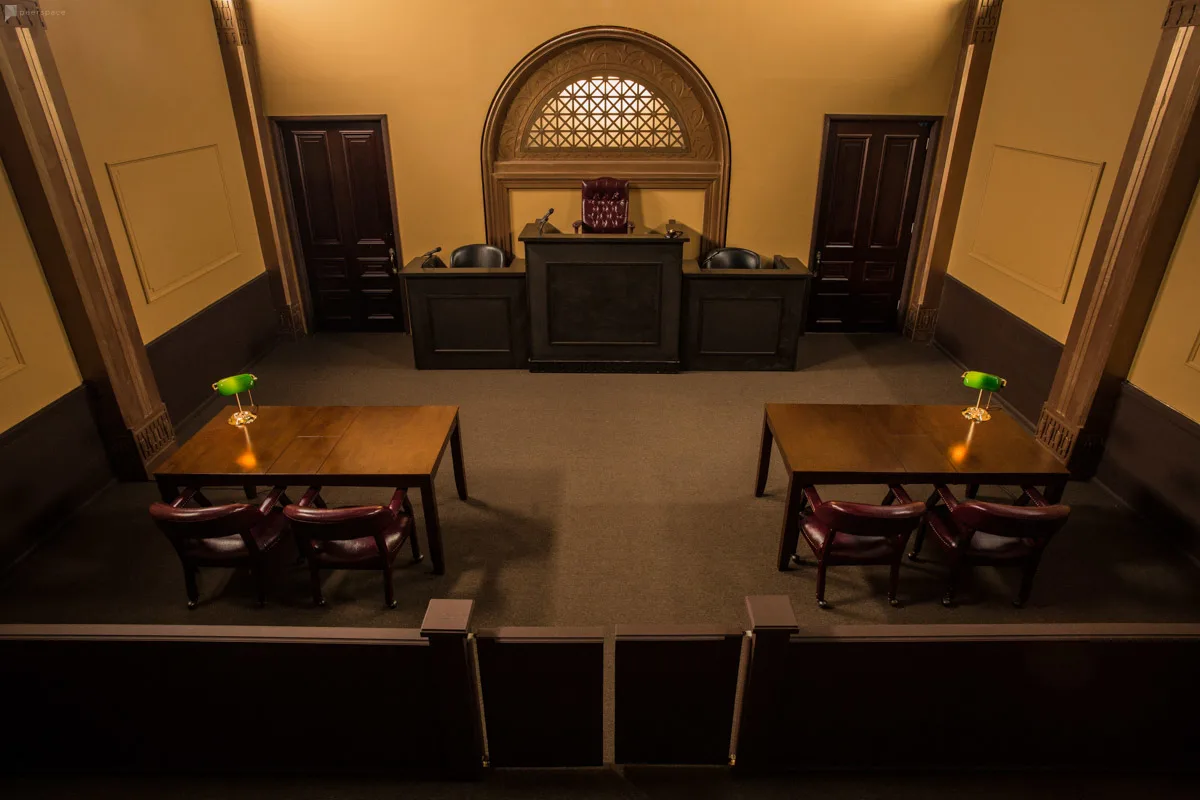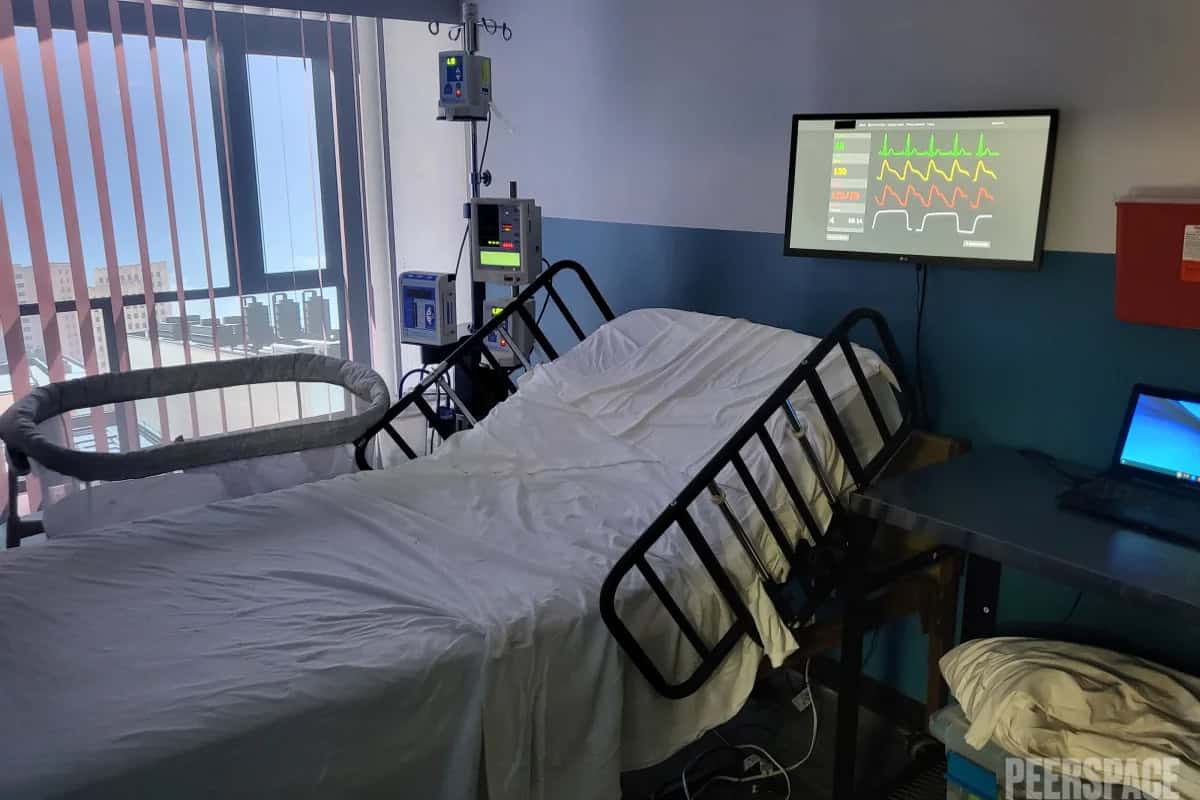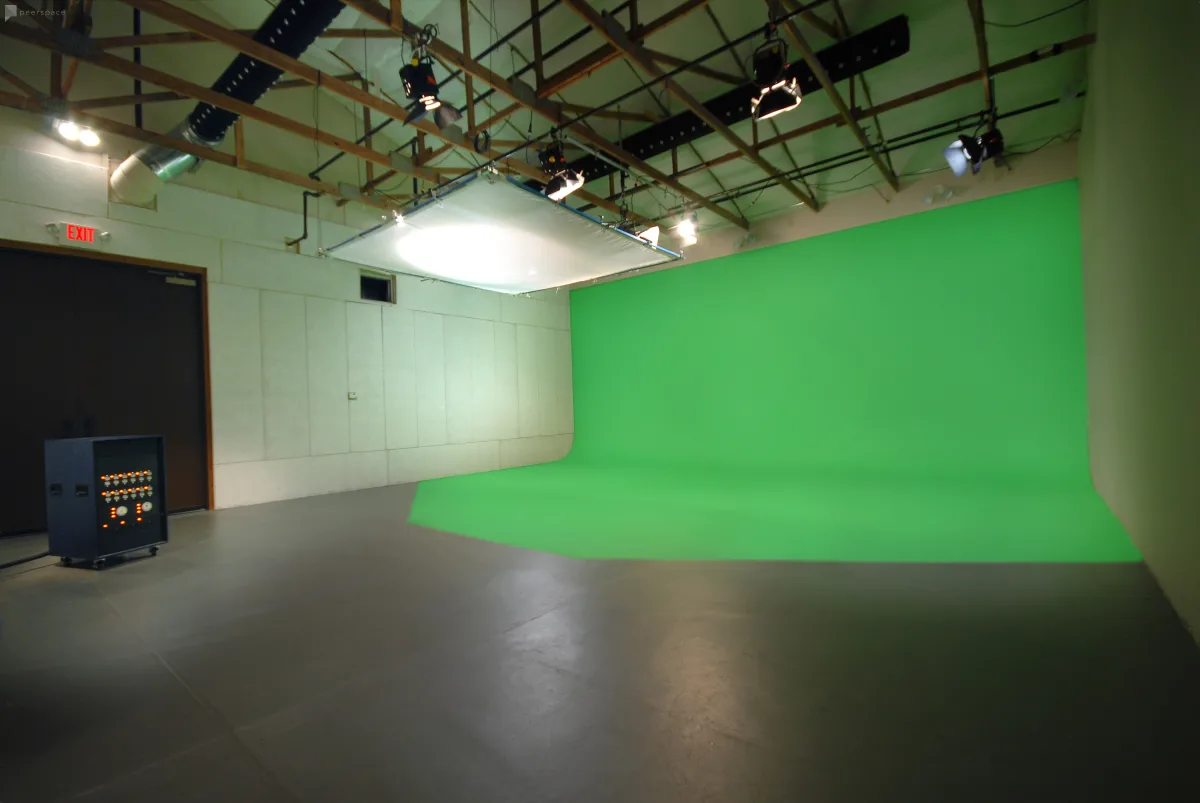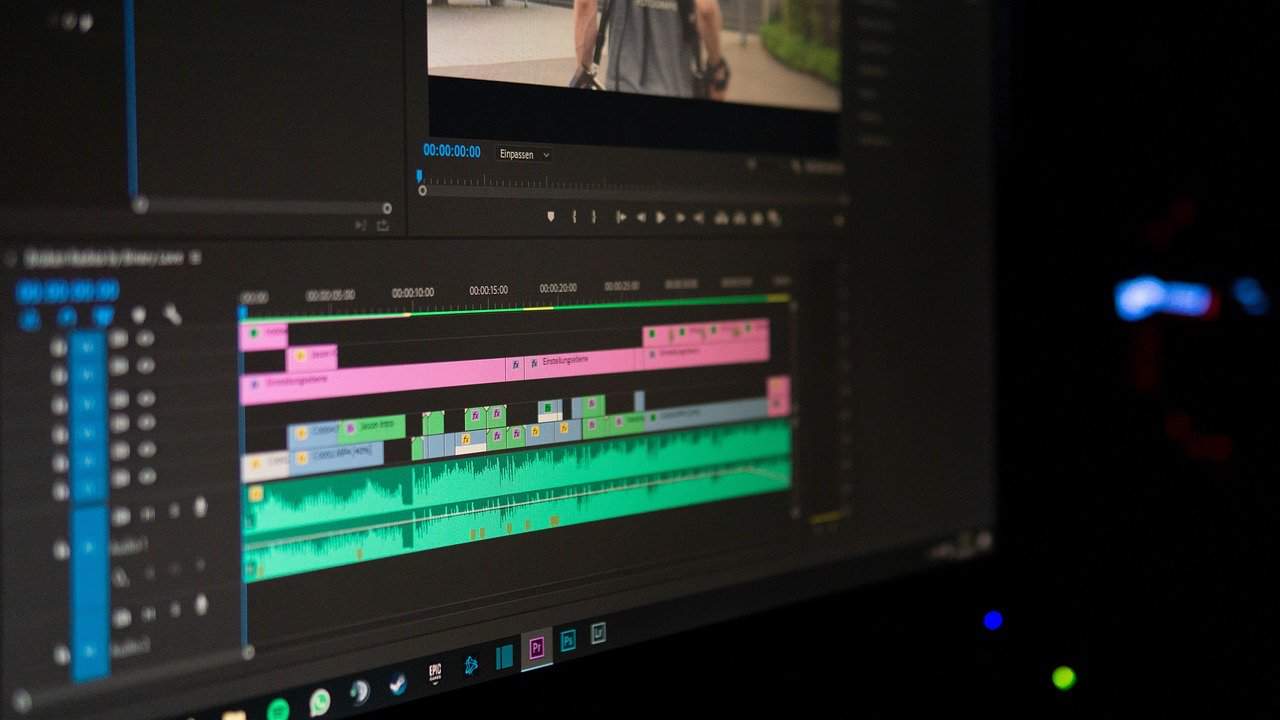
Source: Pixabay
Filmmaking is an arduous process that does not end after the cameras stop rolling. Depending on the scale of the film, it might not conclude for several months or even years after. Post-production is the final frontier for a film to become a whole story. It involves several steps before an audience can see the results.
Understanding what post-production entails is very important when making a movie. Also, if you are shooting a film and need a location, use Peerspace as a resource, featuring thousands of production venue listings along with high-quality photos and reviews. That said, let’s get into what exactly post-production is and how it relates to the filmmaking process.
What is post-production?
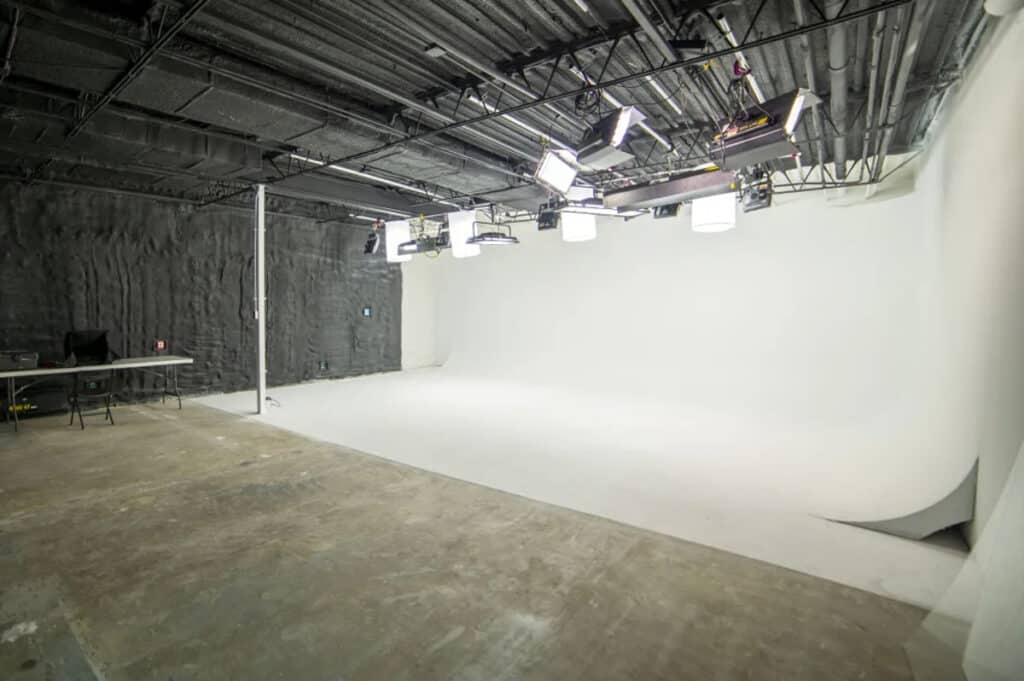
Post-production is the third stage of the filmmaking process, and it also happens to be the longest part. It begins when the cameras stop rolling and the footage, or dailies, transfer onto computers in an editing suite.
This stage involves many steps, which include:
- Visual effects
- Music scoring
- Sound editing
- Sound mixing
- Color correcting
- Color grading
- Motion graphics
Each step requires a specialist who manages that segment: music composers, colorists, or sound designers. In the end, the director is there to manage where the creative vision lands.
Also, check out: what does a production designer do next!
The editing process
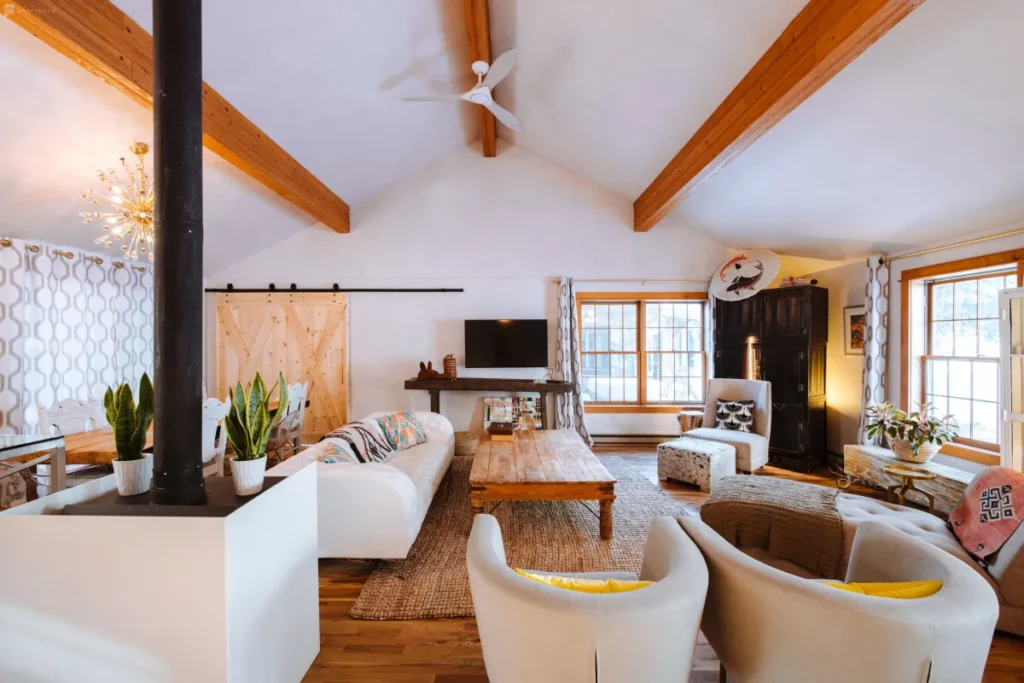
The editor is there for their ability to piece a story together and recognize how to get its message across most effectively. A film can be rewritten in the editing process — that is how much power a good editor has. Editors are hired through an agency, or they may work in studio. But usually, experienced directors have editors they like to work with. Editors work on software such as AVID, Final Cut Pro, or Adobe Premiere.
The editing process takes many cuts to get it down to what the audience sees. However, there are four key parts in the process:
The assembly cut
This is when the editor creates a movie using what they believe to be the best takes, often having different coverage of the same line in a sequence. This cut has no music or effects of any kind. It is quite long for an actual movie, but the director needs it to have clarity on what’s working. The director chooses between takes the editor is unsure of, determining if there are any pickup shots or reshoots needed.
The rough cut
This is the cut of the movie once the director has made notes on what they saw in the assembly. This version is trimmed down to an appropriate length. It’s also where the music gets added and the sound fixed up.
The fine cut
The fine cut is the one presented to producers, studio heads, and friends to get feedback. In this cut, rough visual effects might be added, with music finalized, sound presentable, and any Automated Dialog Replacement (ADR) included.
The picture lock
Picture lock is the stage when no major changes happen to the edit, especially regarding the film’s timing. This version goes to composers, VFX artists, and colorists to put the finishing touches to the film.
Adding sound and music
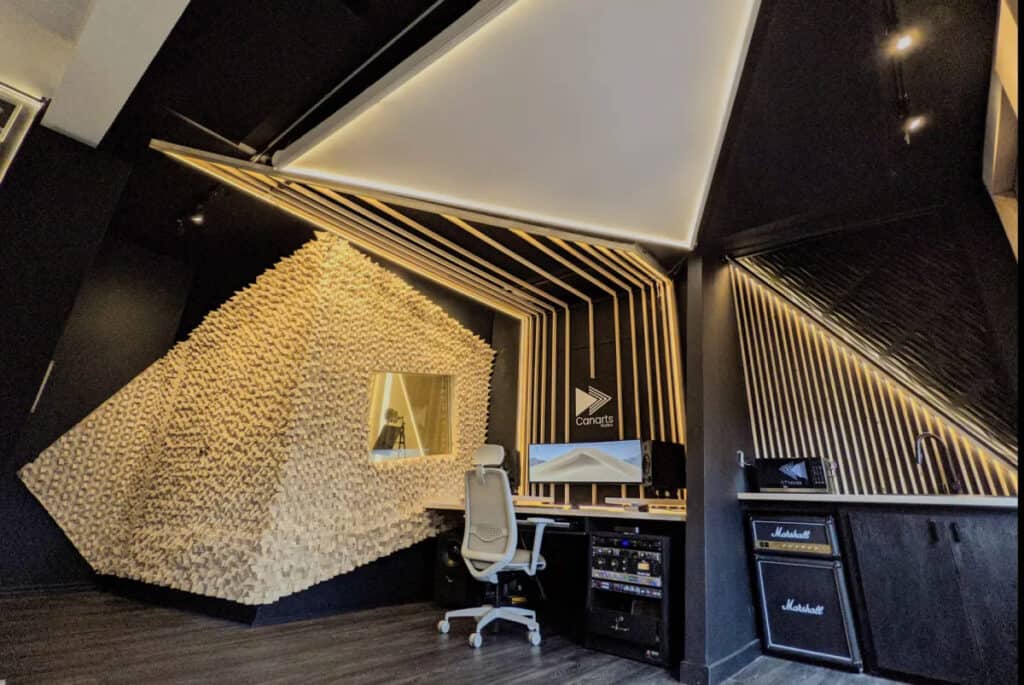
What you hear during a film has a great impact on the story told on screen. The sound editing happens congruently with the video editing, and comprises three parts: dialog editing, sound design, and Automated Dialog Replacement (ADR).
Dialog editing
This sort of editing happens first, and it involves picking out the best audio takes and placing them into the video. This also means cleaning up any odd noises in the background and the peaking of audio, as well as making sure everything is clear.
Sound design and composition
Sound designers collect all the “wild sounds,” or sounds recorded separately on set, then start placing them throughout the video. Any audio that sounds odd when paired with the image gets replaced or recorded as foley sounds.
Foley artists record a crisp track of a sound recreation — it could be footsteps on gravel, paper crumpling, or a hit to the head. Sound designers are also responsible for creating the feel of another world. They add the magic coming from wands or the alien spaceship’s foreign beep-bops.
The composing of music comes after the picture lock. The director will talk to the composer about the story prior to picture lock so that they have an understanding of what the goal is. If the director wants a licensed song in the film, they go to the music supervisor to secure the rights to use the song.
Automated Dialog Replacement (ADR)
ADR are lines re-recorded by the actors if they flubbed them. You can also use them when there are line rewrites or if the director desires a different performance for the story to work. The footage plays in front of the actor to help them match up their lines with the footage.
At the very end, after all those steps, the sound needs to be mixed. This is the key distinction between sound editing and sound mixing. Sound editing is the process of getting the movie to the end. Sound mixing is the end.
The rerecording mixer takes all the sound elements and balances all the audio levels. This is important so that the music isn’t battling with the dialog or a loud sound effect doesn’t scare an audience unintentionally.
More fun production facts: discover what a script supervisor does!
What a colorist does
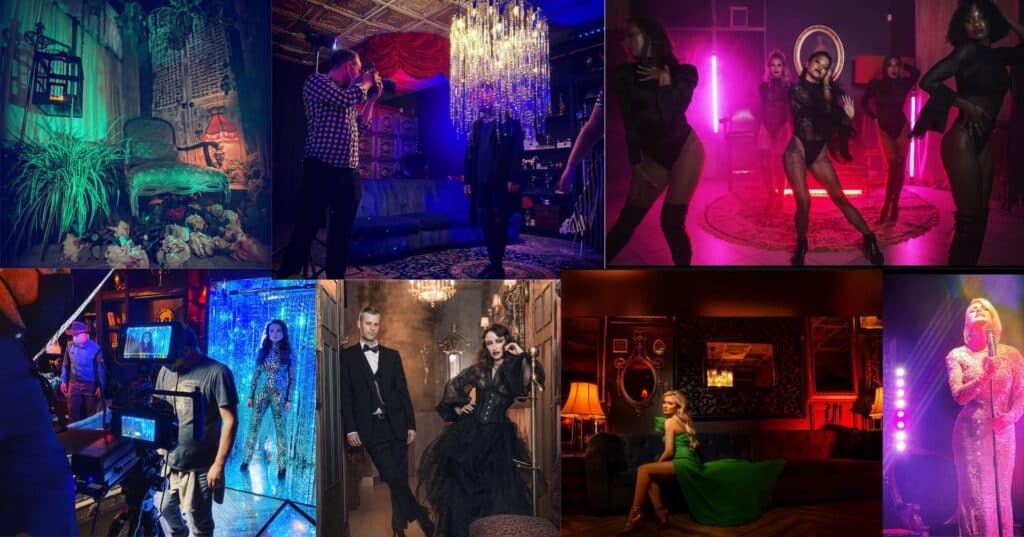
The colorist works on the color of a film. The footage on camera normally looks flat and dull, so it is easier to manipulate using software like DaVinci Resolve. With color correction, the colorist makes every shot consistent and cleans up anything that might look particularly dark or bright without intention.
When colorists color grade, the color turns into an artistic spin based on the vision of the director and director of photography. The color grading can indicate a mood or show differing worlds, times, or points of view
Motion graphics & VFX
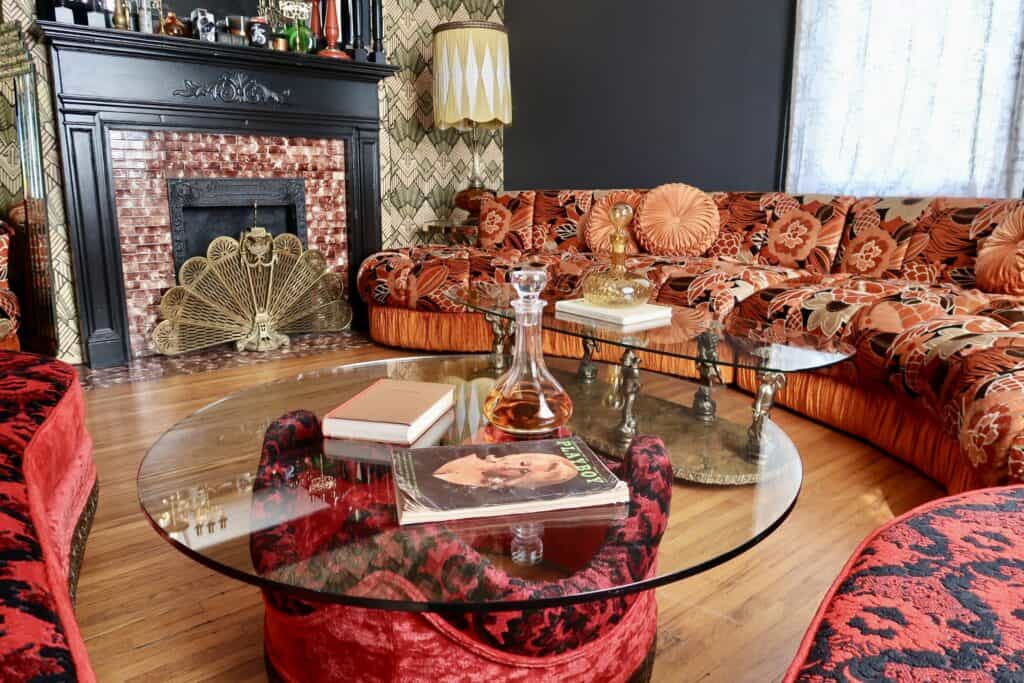
Motion graphics can be anything from the title card, the opening and closing credits, location indicators, or character nameplates. The visual effects artist can start their work after picture lock as well.
Since the work of the VFX artist is frame by frame, it isn’t wise to waste valuable time on frames you won’t use. In fact, it’s best to start once the film’s timing solidifies.
VFX comes in two types: dramatic and subtle. The dramatic VFX creates new worlds and creatures out of a green screen and actors in green tights. Subtle VFX can remove a scar from an actor’s face, combine two shots to look like one, or even remove an actor’s cell phone from a shot where the movie is set in the 1920s.
Where to find amazing filming locations
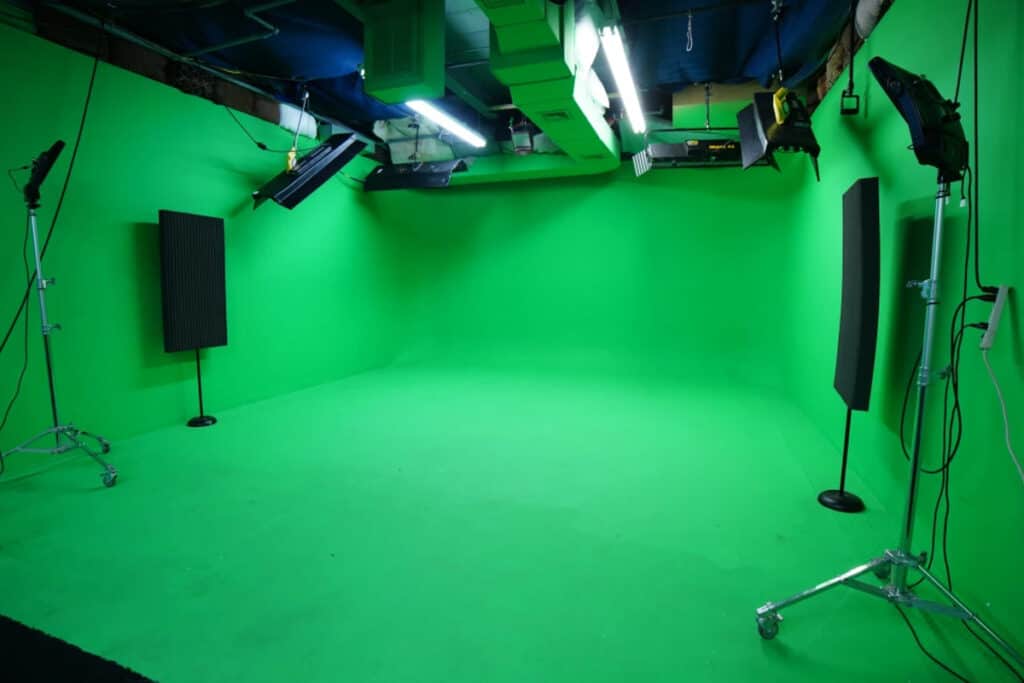
Allow us to hit the pause button on our post-production discussion and mention an aspect of your pre-production checklist: finding suitable filming locations.
Not every filmmaker has a Hollywood blockbuster budget, but that doesn’t mean you can’t score one-of-a-kind locations that enhance your film. This is where Peerspace comes in! As the largest online marketplace for hourly venue rentals, we make it easy for you to book hidden gem venues in cities across the globe.
With Peerspace, you can book stylish lofts, private residences, art galleries, warehouses, cafes, rooftops, professional production studios (which, let’s face it, may make your post-production work much smoother!), and more. Plus, all spaces are owned by locals who understand the production ropes and strive to make your experience in their spaces perfect.
Click this link to get started by entering your filming location and clicking “search”. Once you do, you’ll discover production-friendly spaces in your city. Each venue has its own listing that includes high-def photos, upfront pricing, a detailed description of the space and its amenities, and reviews from past renters.
With Peerspace as your location scout, discovering unique spaces that suit your creative eye has never been easier (or more budget-friendly!)
What is post-production?: conclusion

As you can see, post-production is a strong part of what captivates an audience. It reinforces the story shot by a cinematographer and the performance given by an actor. Without this vital part of the filmmaking process, there might not be a clear story, and there definitely is no movie magic.
Get the magic going in your next film by utilizing Peerspace to rent filming locations. It’s our goal to serve the creative community. In that vein, also check out our filmmaking resources for more informative resource articles. We can’t wait to see what you come up with!
Find unique production venues on Peerspace
Get together somewhere better
Book thousands of unique spaces directly from local hosts.
Explore SpacesShare your space and start earning
Join thousands of hosts renting their space for meetings, events, and photo shoots.
List Your Space

